Cranberry Cotoneaster Facts: Learn How To Grow A Cranberry Cotoneaster
Growing cranberry cotoneaster brings a low, lovely splash of color to the backyard. They bring with them a spectacular fall fruit display, a gracious plant habit, and clean, bright foliage. These plants make great groundcover but can also serve as short hedges.


Growing cranberry cotoneaster (Cotoneaster apiculatus) brings a low, lovely splash of color to the backyard. They bring with them a spectacular fall fruit display, a gracious plant habit, and clean, bright foliage. These plants make great groundcover but can also serve as short hedges. If these shrubs sound good to you, read on for more cranberry cotoneaster facts and tips on how to grow a cranberry cotoneaster.
Cranberry Cotoneaster Facts
Cranberry cotoneaster plants are one of the low-growing cotoneaster varieties, rising only knee-high, but spreading three times that wide. The long stems grow in arching mounds and work well as groundcover. Additionally, they make one heck of an ornamental shrub. The leaves are small but an attractive, glossy green, and the shrubs look lush during the growing season.
The flowers are tiny and pinkish-white. When the entire bush is in bloom, the blossoms are attractive, but even at their peak, the bloom is not dramatic. However, it's the bright berries and the size and color of cranberries, that give the plant both its name and popularity. The berry crop is dense and covers the entire mound of foliage, hanging on the branches well into winter.
How to Grow a Cranberry Cotoneaster
If you are wondering how to grow a cranberry cotoneaster, the shrubs thrive in U.S. Department of Agriculture plant hardiness zones 5 through 7. Growing cranberry cotoneaster in other zones is not recommended.
You’ll be happy to hear that cranberry cotoneaster care is easy if you site them appropriately. Situate cranberry cotoneaster plants in full sun if possible, although they will also grow in partial shade.
As far as soil, you’ll have an easier time with cranberry cotoneaster care if you plant the shrubs in moist, well-drained soil. On the other hand, these are tough shrubs that can tolerate poor soils and urban pollution as well.
The most important part of cranberry cotoneaster care occurs immediately after transplanting. When you first start growing cranberry cotoneaster, you’ll need to irrigate the plants well to help them develop a strong, root system. As they mature, they become more drought-resistant.
Gardening tips, videos, info and more delivered right to your inbox!
Sign up for the Gardening Know How newsletter today and receive a free copy of our e-book "How to Grow Delicious Tomatoes".

Teo Spengler is a master gardener and a docent at the San Francisco Botanical Garden, where she hosts public tours. She has studied horticulture and written about nature, trees, plants, and gardening for more than two decades. Her extended family includes some 30 houseplants and hundreds of outdoor plants, including 250 trees, which are her main passion. Spengler currently splits her life between San Francisco and the French Basque Country, though she was raised in Alaska, giving her experience of gardening in a range of climates.
-
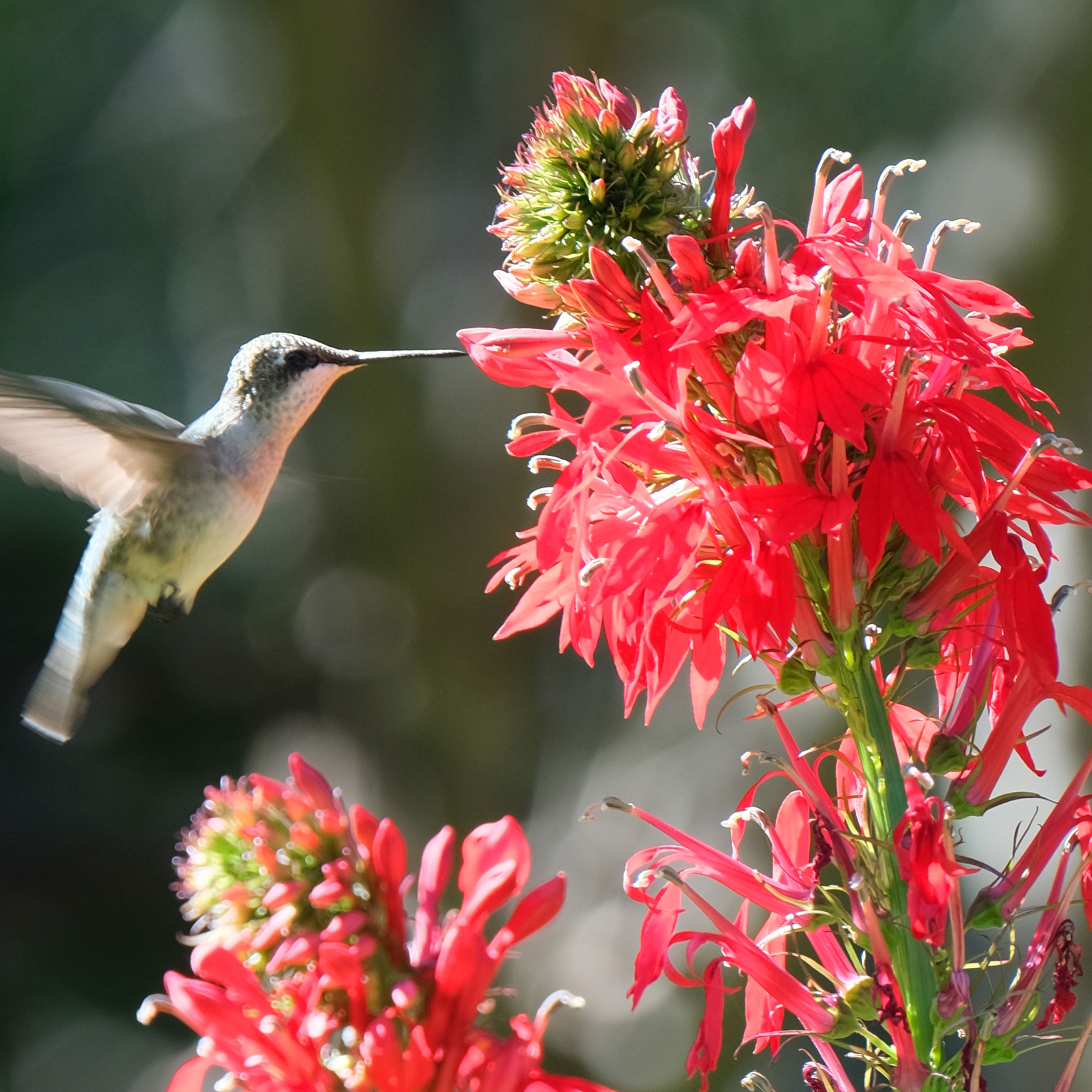 Get Ready For A Summer Of Hummers! Grow These Full Sun Hummingbird Plants and Flowers
Get Ready For A Summer Of Hummers! Grow These Full Sun Hummingbird Plants and FlowersIf you’re lucky enough to enjoy a sunny backyard, make sure you are maxing out on your pollinator opportunities and grow these full sun hummingbird plants and flowers
By Tonya Barnett
-
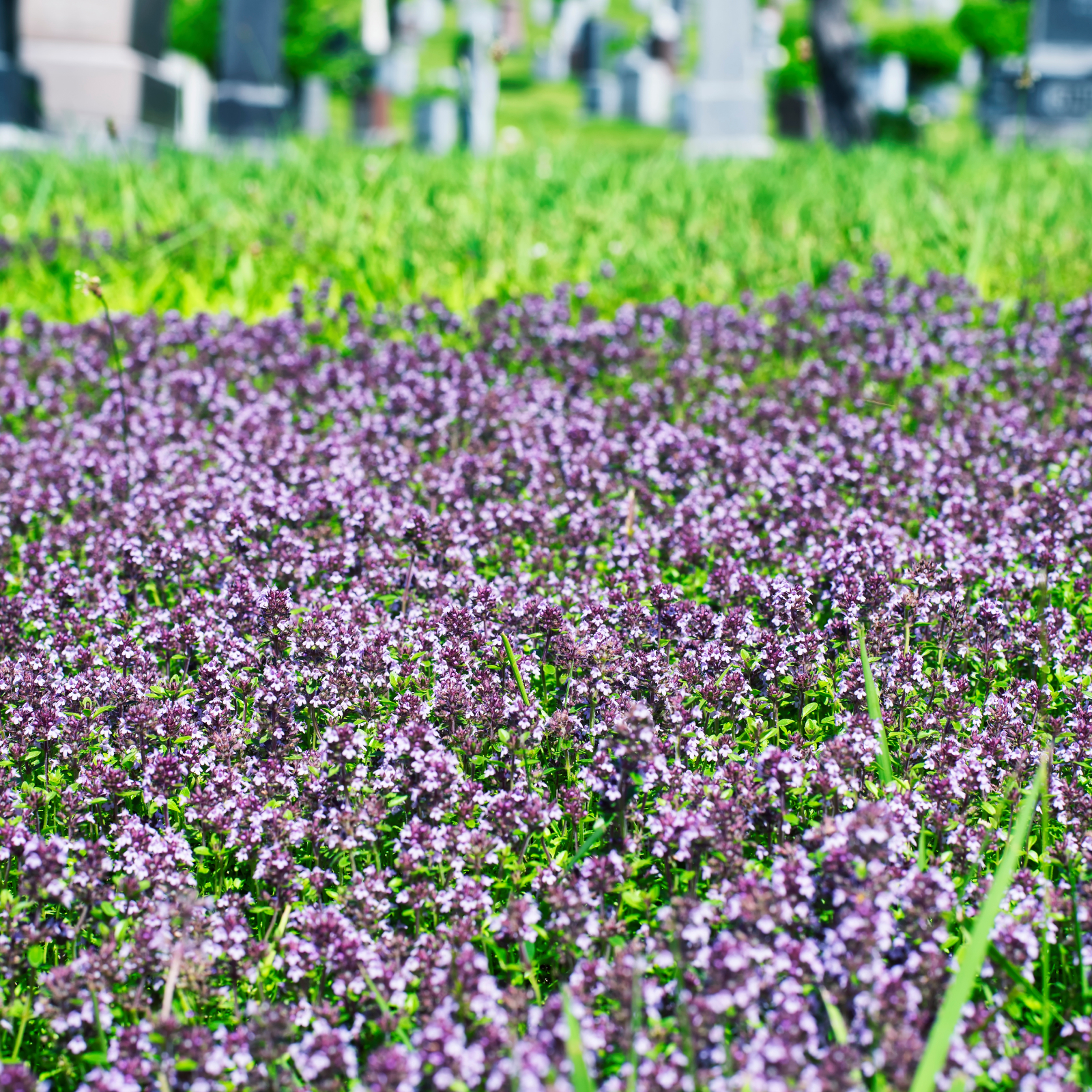 12 Lush Alternatives To A Lawn For Sustainable Spaces
12 Lush Alternatives To A Lawn For Sustainable SpacesAlternatives to a lawn are beautiful and also beneficial to your local ecosystem and its pollinators. Explore our top picks for plants to replace grass.
By Tonya Barnett
-
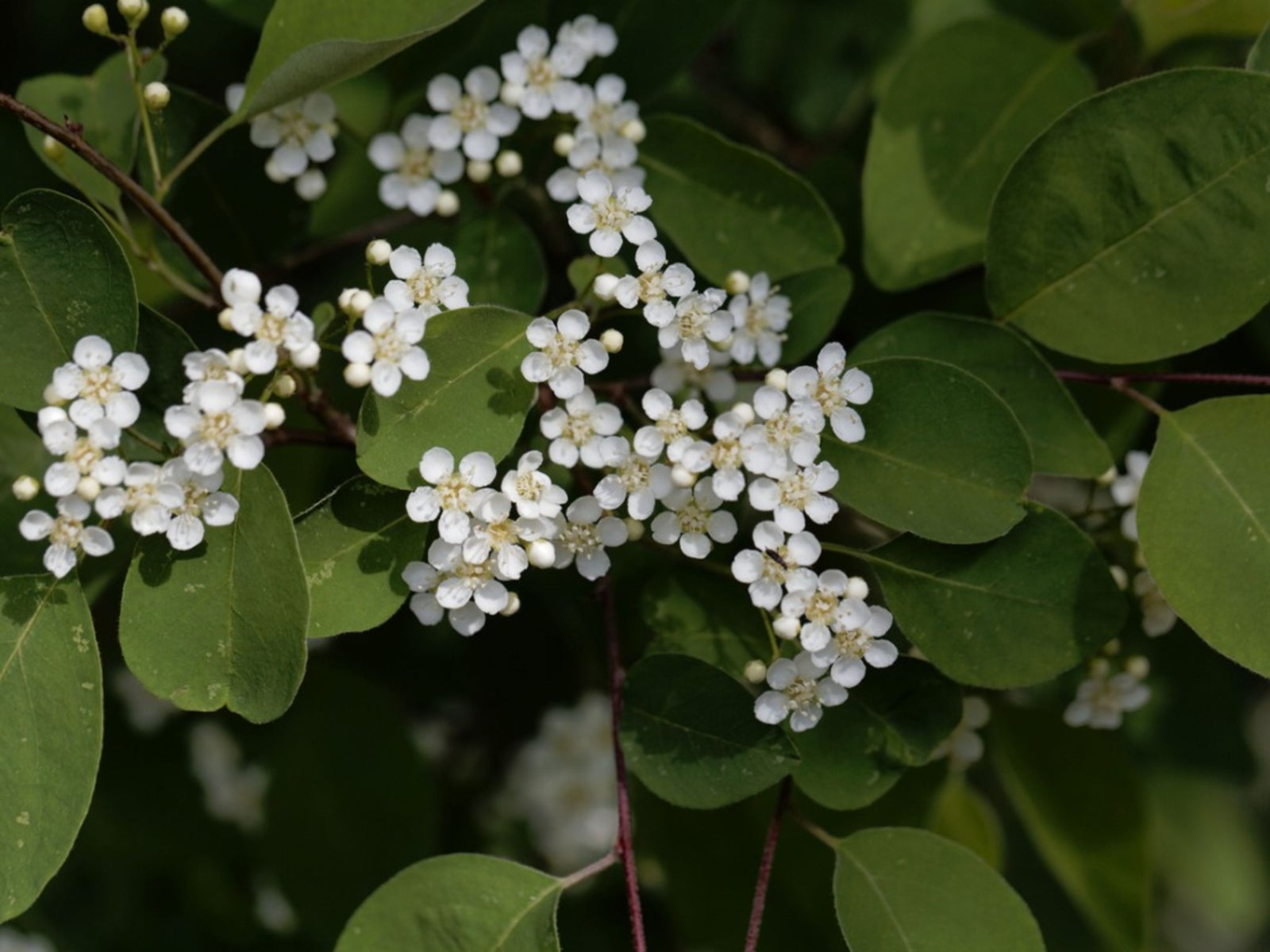 Many-Flowered Cotoneaster Shrub Info - Growing Many-Flowered Cotoneasters
Many-Flowered Cotoneaster Shrub Info - Growing Many-Flowered CotoneastersIf you’re looking for a sprawling, large shrub with good visual interest all year-long, consider many-flowered cotoneaster. This species of cotoneaster is a shrub that grows quickly and produces interesting foliage, spring flowers, and fall berries.
By Mary Ellen Ellis
-
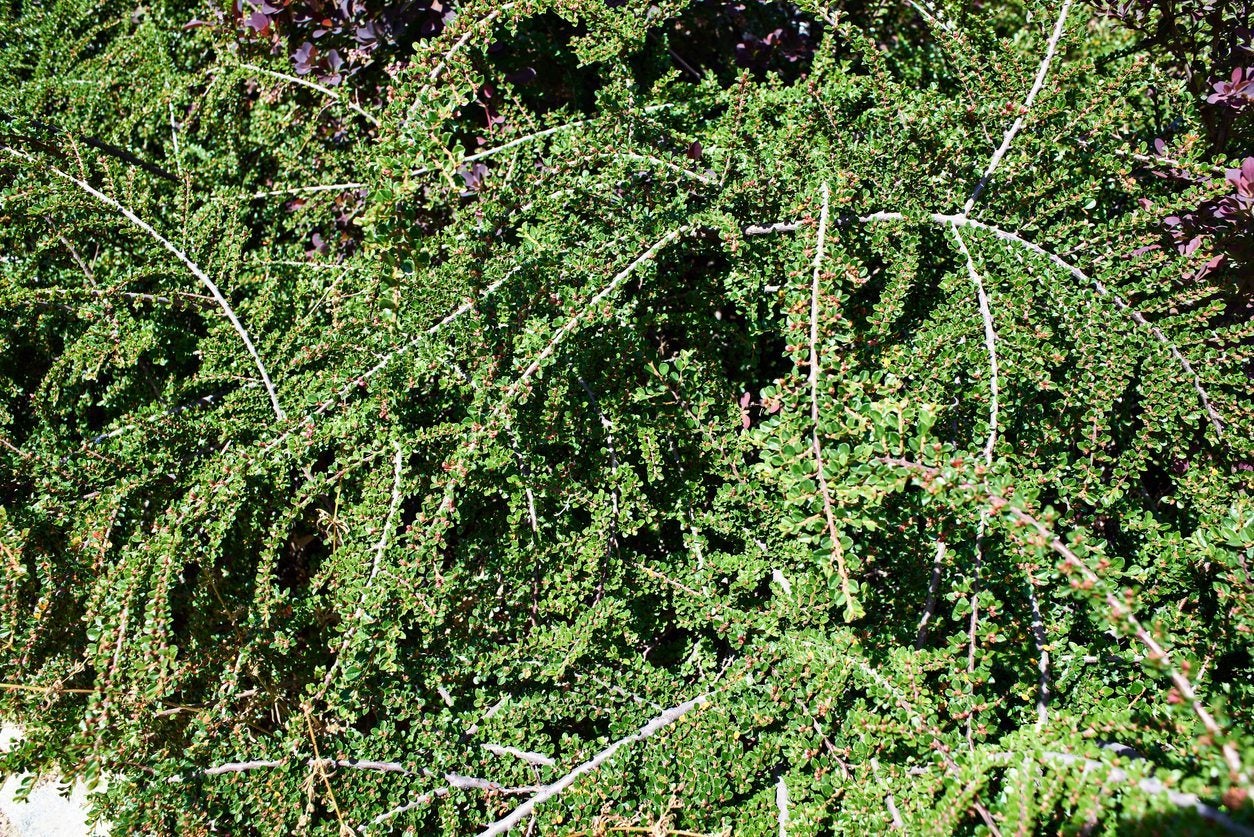 Cotoneaster Pruning Guide – When Should You Trim Cotoneaster Shrubs
Cotoneaster Pruning Guide – When Should You Trim Cotoneaster ShrubsCotoneaster pruning is different depending on the type of plant you have in your backyard, although the goal for all varieties is to follow its natural form. If you want to learn how to prune cotoneaster, you've come to the right place. Click here for tips on cutting back cotoneaster.
By Teo Spengler
-
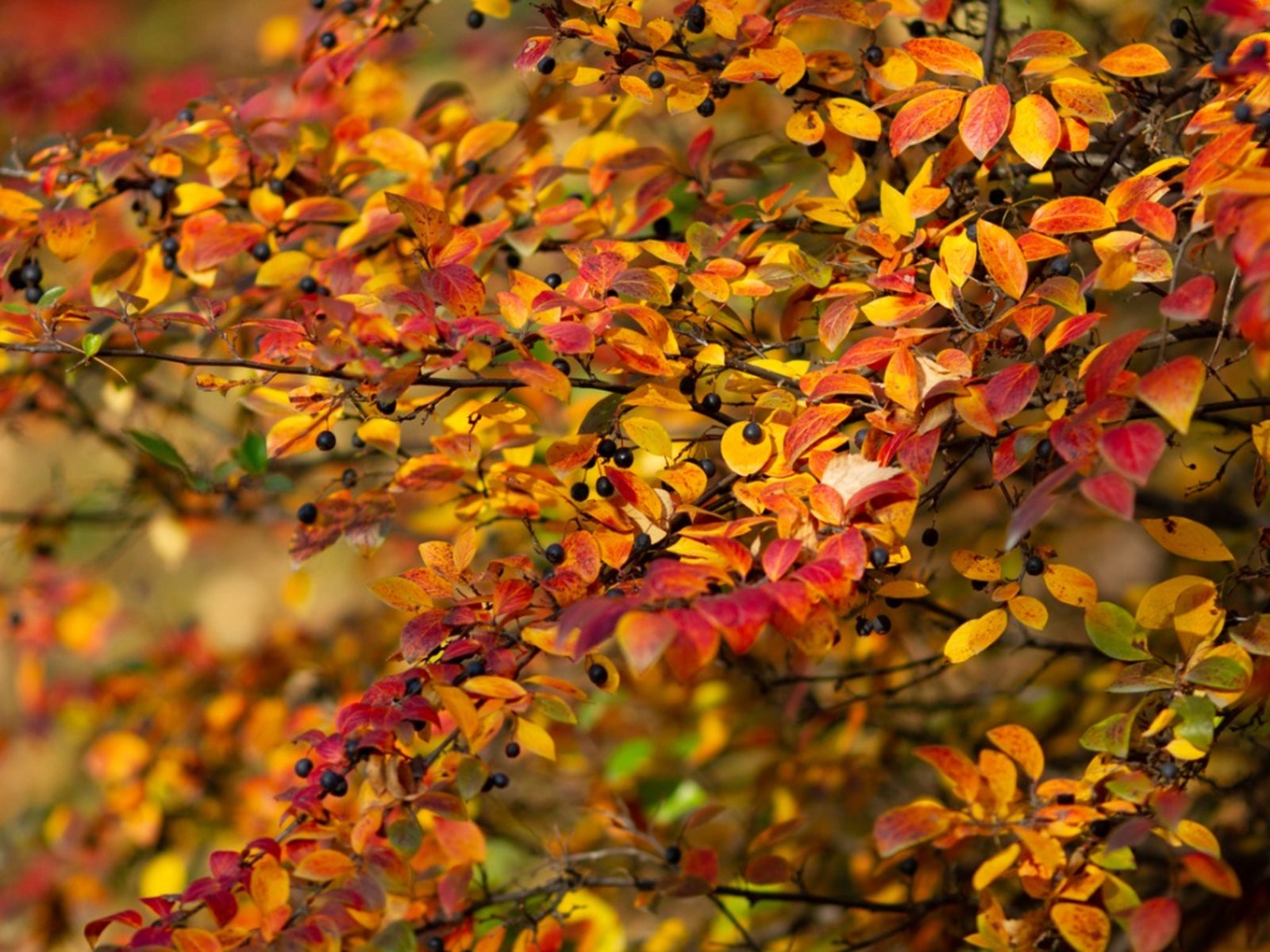 What Is Hedge Cotoneaster: Learn About Hedge Cotoneaster Care
What Is Hedge Cotoneaster: Learn About Hedge Cotoneaster CareWhether you're looking for a low sprawling variety or a taller type for a dense hedge, there is a cotoneaster that will meet your needs. In this article, we will discuss hedge cotoneaster plants. What is hedge cotoneaster? Click here for the answer.
By Darcy Larum
-
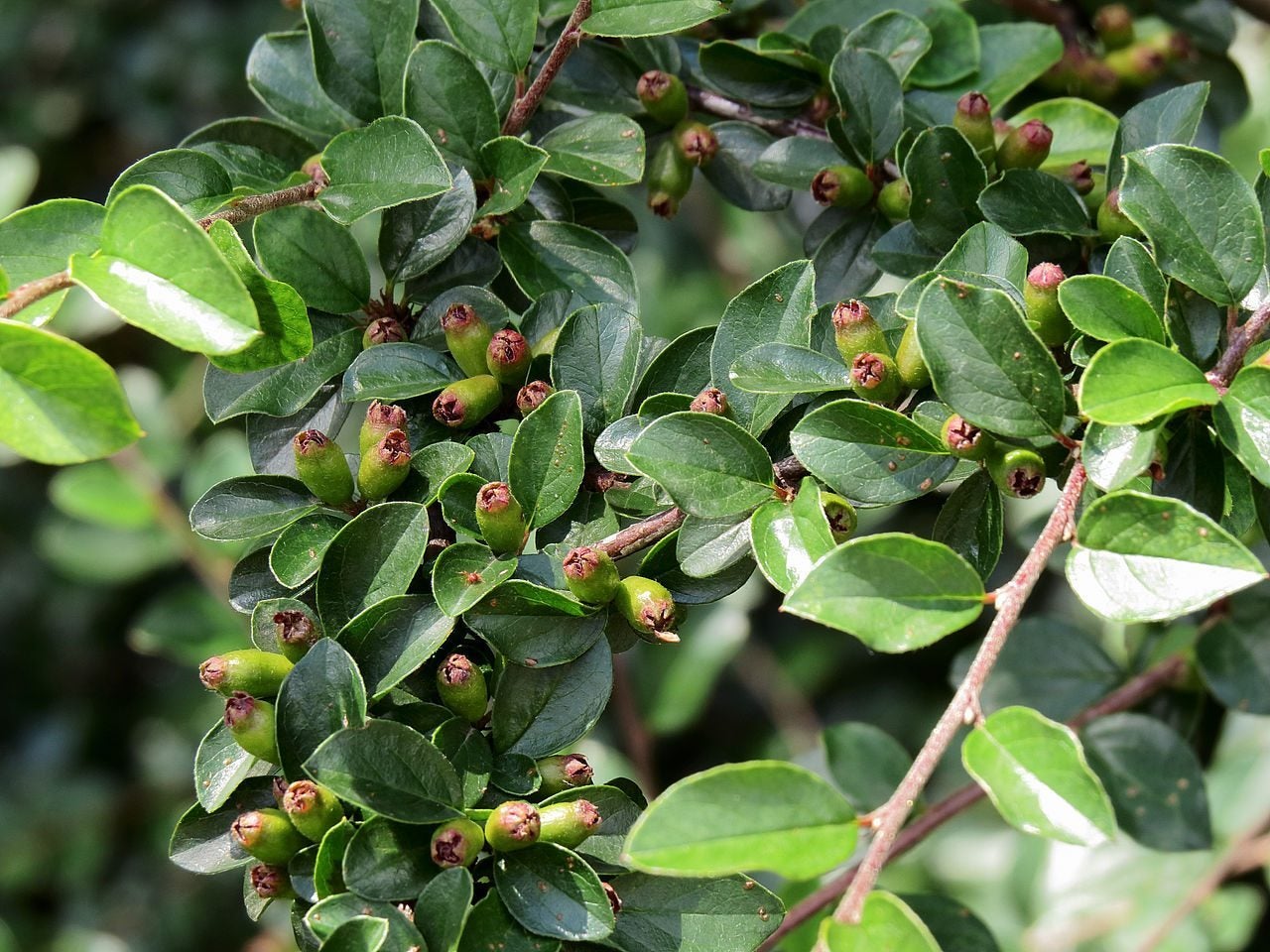 Spreading Cotoneaster Info: How To Grow Spreading Cotoneaster Plants
Spreading Cotoneaster Info: How To Grow Spreading Cotoneaster PlantsThe spreading cotoneaster is an attractive, flowering, medium-sized shrub that is popular as both a hedge and specimen plant. This article has more information about spreading cotoneaster care and tips for growing these shrubs in the garden and landscape.
By Liz Baessler
-
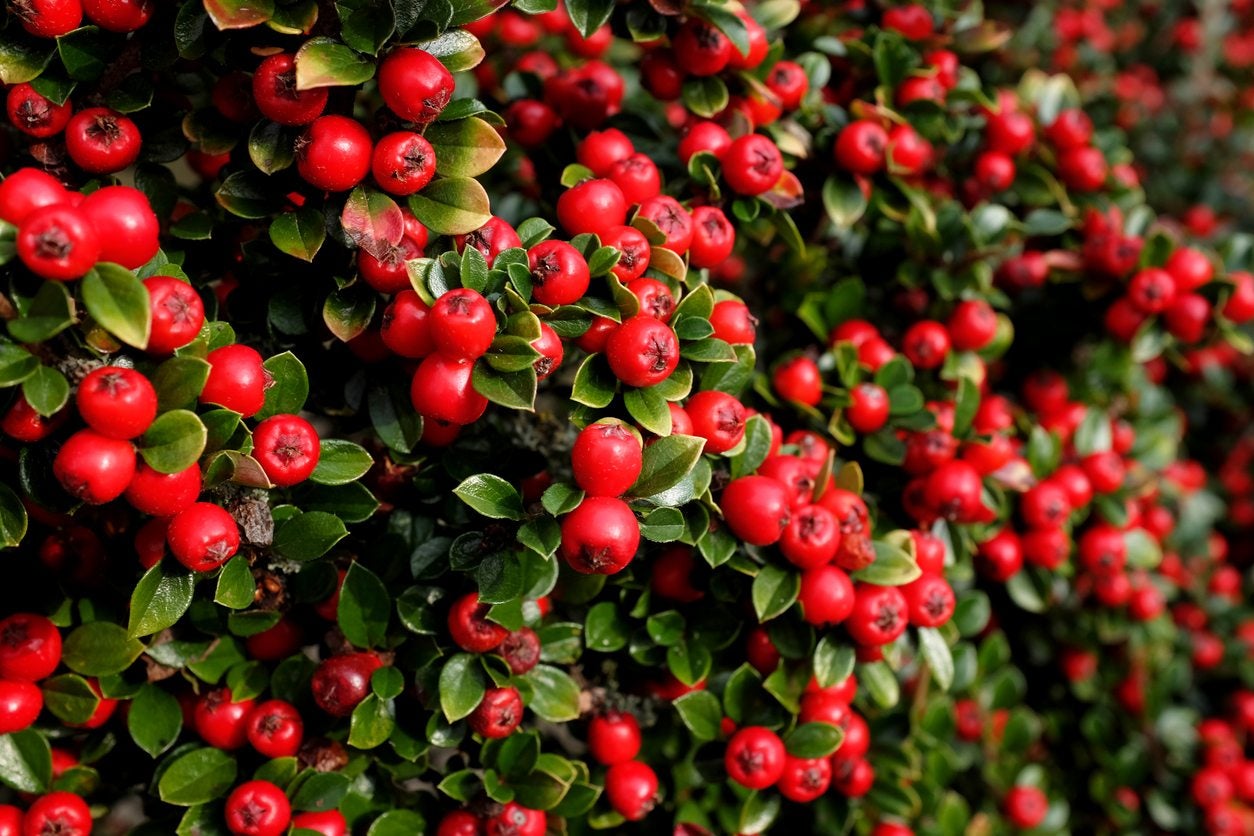 How To Grow Cotoneaster: Caring For Different Types Of Cotoneaster
How To Grow Cotoneaster: Caring For Different Types Of CotoneasterWhether you?re looking for a 6-inch ground cover or a 10-foot hedge plant, cotoneaster has a shrub for you. Growing cotoneaster is a snap, and you can learn more about the plant's care in this article.
By Jackie Carroll